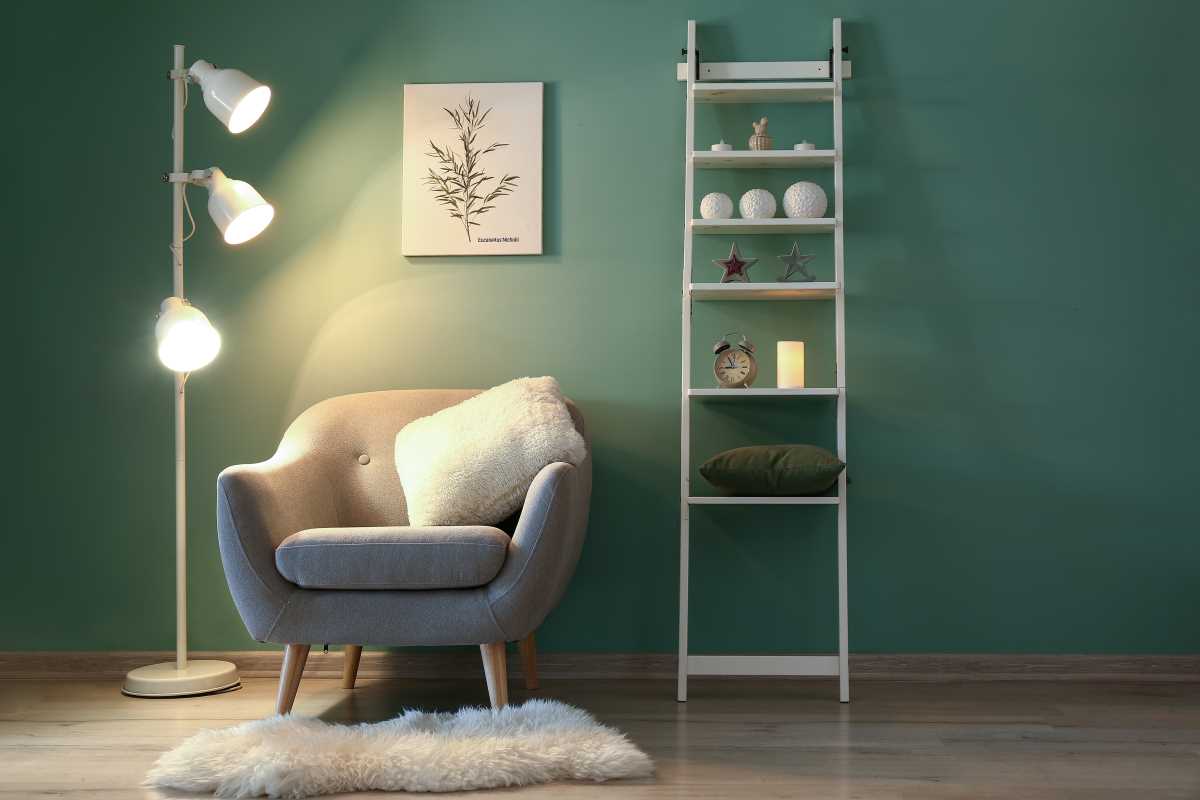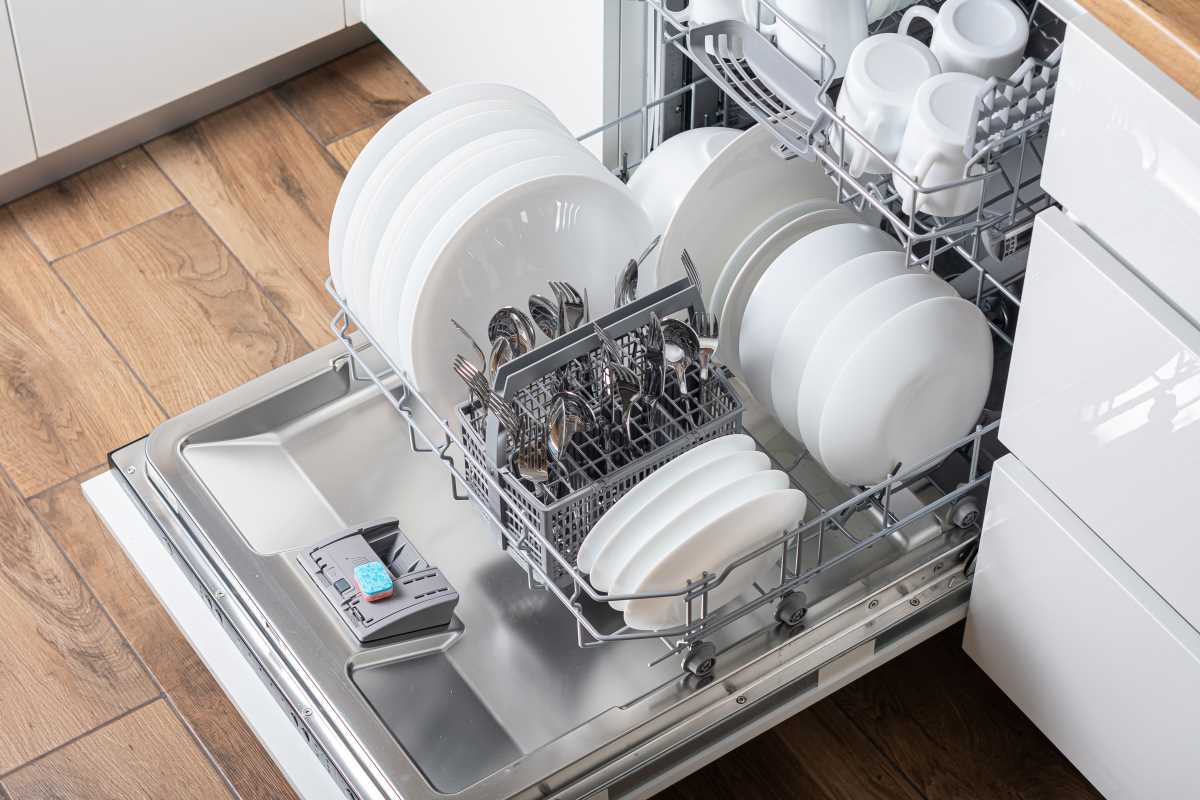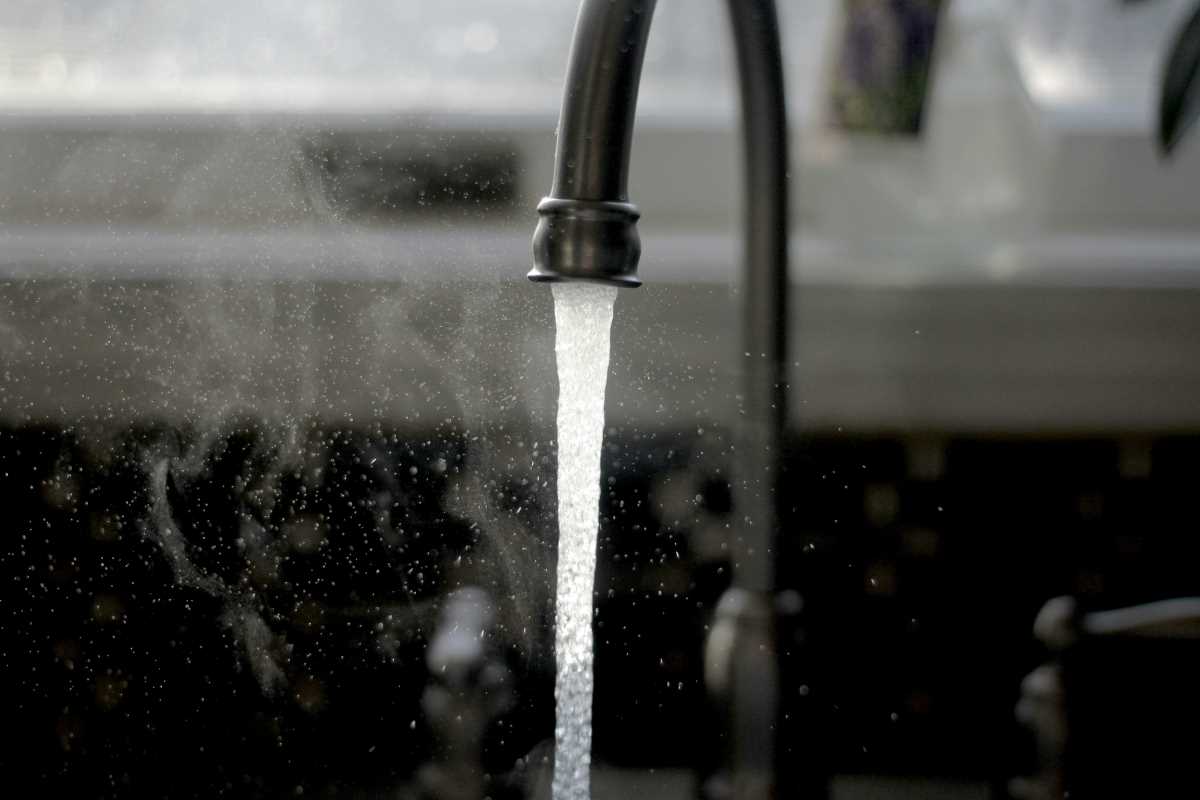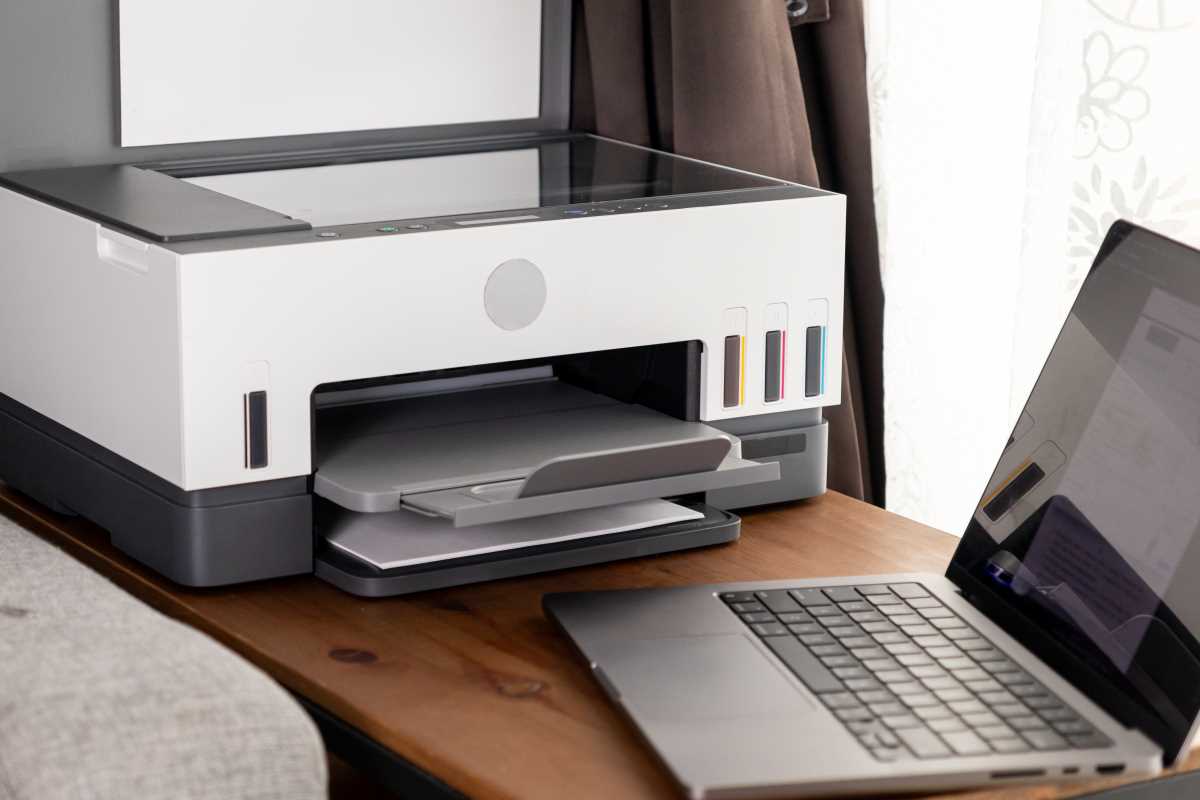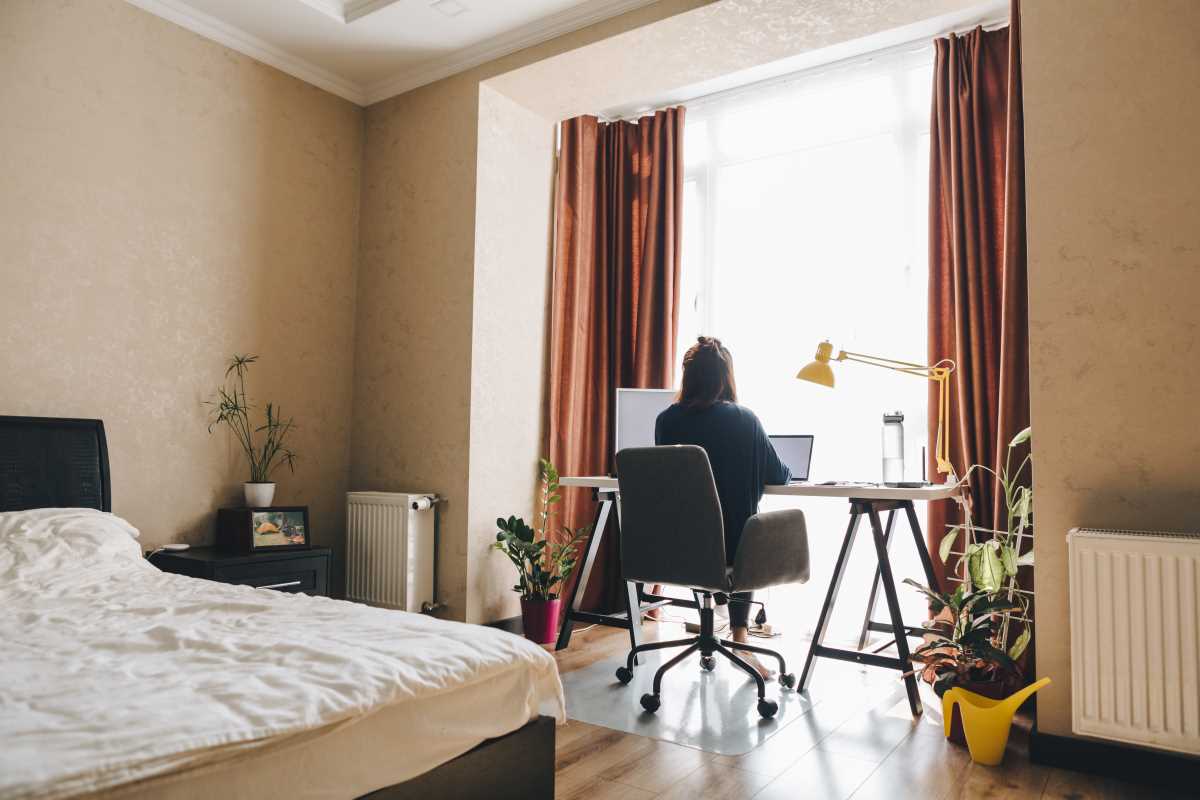A functional and comfortable home office is essential for productivity, but even the best spaces can fall victim to wear and tear. From squeaky chairs to tangled cords, small issues can disrupt focus and make the workspace less efficient. Fortunately, many common home office problems can be solved quickly and without professional help. With just a few basic tools and supplies, it’s possible to tackle these fixes in under an hour, leaving the space more organized and functional. This guide spotlights ten quick and practical repairs that improve the appearance and usability of any home office.
Fixing a Wobbly Desk or Chair
A wobbly desk or chair can be more than just annoying; it may lead to discomfort or even damage. Desk legs might loosen over time, while screws in a chair’s base can work themselves free through regular use. To stabilize either piece of furniture, the first step is to locate the source of the instability. Often, it’s as simple as tightening screws or bolts with a screwdriver or wrench. For more stubborn issues, adhesive pads or felt protectors can be placed under the legs to level uneven surfaces and protect the floor.
Repairing Loose Drawer Handles
Loose or rattling drawer handles can make opening and closing storage frustrating. This issue usually stems from screws that have loosened over time. A quick fix involves tightening the screws with a screwdriver. If the problem persists, adding a drop of thread-locking adhesive to the threads before re-tightening can create a long-term solution. For decorative handles that may have a worn or stripped backing, replacing them with new ones can refresh the overall look of the office furniture.
Dealing with Squeaky Hinges
Squeaky cabinet doors in an office can become distracting over time. The remedy is simple and takes only minutes. A lubricant like silicone spray, petroleum jelly, or even cooking oil can be applied directly to the hinge. Swinging the door back and forth a few times helps spread the lubricant evenly. If squeaking persists, temporary pin removal can offer access for cleaning and further lubrication, ensuring smooth, noise-free motion.
Securing Loose Electrical Outlets
Loose electrical outlets around the desk area can be inconvenient and unsafe, especially when plugging in multiple devices. Tightening an outlet cover plate is usually sufficient to remedy the problem. If the outlet itself feels unsteady, shims or small cardboard inserts can be placed beneath the device before re-tightening the screws to secure it firmly in place. This quick fix improves safety and restores stability to the outlet.
Untangling and Managing Cables
A clutter of tangled cords not only looks untidy but can also increase wear on cables. Cable ties, Velcro straps, or reusable zip ties are effective in bundling cords neatly. For added organization, adhesive cable clips or under-desk wire trays can route cords along surfaces, keeping them out of sight and easily accessible. Spending even a short time on cable management can make the workspace feel more open and organized.
Patching Small Wall Holes
Pinholes and minor scuffs on office walls can affect the room’s overall appearance. To address this quickly, lightweight spackling paste can fill small holes or imperfections. Apply a small amount with a putty knife, smooth it out, and allow it to dry. Once dry, sand the area lightly with fine-grit sandpaper and touch up the surface with matching paint for a flawless finish.
Fixing Sticky Desk Drawers
Drawers that stick when opened or closed can disrupt workflow. Often, the problem lies in misaligned tracks or dirt buildup. Cleaning the tracks with a damp cloth and applying a small amount of dry lubricant eliminates most resistance. If the alignment itself is the issue, repositioning the drawer to align properly with its tracks may resolve the sticking. These quick adjustments restore smooth operation in no time.
Rejuvenating a Dull Desktop Surface
A scratched or worn desk surface can make the office feel less polished. Minor scratches on wooden surfaces can be repaired with a specialty marker or wood filler that matches the desk’s finish. For laminate or other non-wood surfaces, cleaning with a gentle solution and buffing with a microfiber cloth can restore shine. A desk pad or mat placed over the work area offers protection while refreshing the look of the space.
Tightening Loose Shelves
Floating or built-in shelves in the home office may loosen over time, leading to slanted or unstable storage. Reinforcing the shelf by tightening screws or brackets with a screwdriver provides immediate stability. For additional security, inserting wall anchors or replacing screws with longer versions can ensure the shelf remains firmly in place, even under load.
Refreshing Worn Chair Casters
Office chairs see frequent use, and their casters often collect dirt and become less smooth over time. To restore easy movement, the casters should be removed and cleaned with warm soapy water. Stubborn debris can be scraped away with a small tool like a flathead screwdriver or tweezers. Once clean, applying a small amount of all-purpose lubricant to the axle of each caster ensures smooth operation. Reattaching the cleaned casters revitalizes the chair, improving both function and comfort.
 (Image via
(Image via
